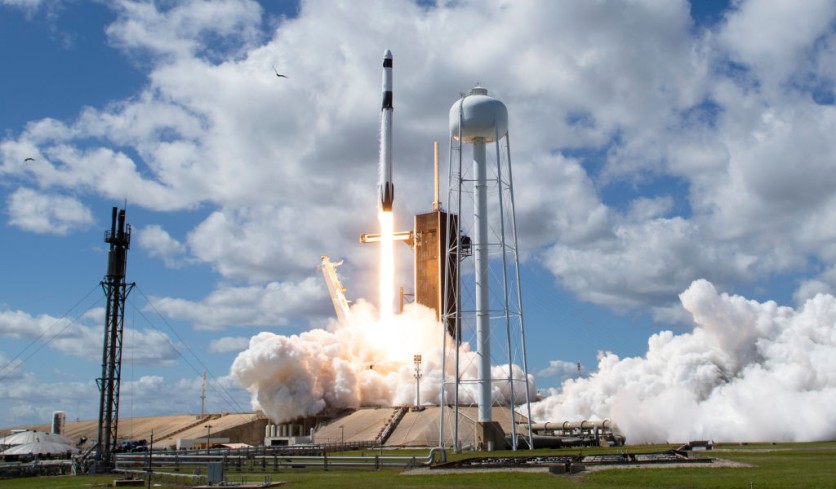NASA has plans to test a large inflatable aeroshell that can be used to deploy large payloads on Mars and other planets safely, according to their blog post.

The aeroshell is called the Low-Earth Orbit Flight Test of an Inflatable Decelerator (LOFTID) that will use a huge inflatable heat shield that will be launched next month.
This is based on humans' experience on Mars, in which it's been found that its atmosphere is less dense compared to the Earth. Hence, the process of slowing down an aircraft is challenging, which has already been seen with Mars Rover landings.
Because the atmosphere is too thin, it doesn't help a spacecraft decelerate smoothly, which makes it risky and requires greater protection than it does on Earth. The deployable LOFTID aeroshell will be launched on November 1 aboard a ULA Atlas V rocket.
Better Atmospheric Entries?
LOFTID measures 20 feet and will serve as a huge brake system as it travels through the atmosphere. Through this, it will create more atmospheric drag compared to traditional and smaller aeroshells. It is designed to let spacecraft slow down at higher altitudes in the upper atmosphere.
NASA says the "technology [will enable] a variety of proposed NASA missions to destinations such as Mars, Venus, Titan as well as return to Earth."
Also Read: NASA TESS Discovers Two New Huge Extrasolar Planets
The Upcoming Launch
The demo test will see LOFTID inflate as it descends from low-Earth orbit. If things go well, the technology can be used in future crew landing missions and to send robotic missions to Mars and return heavier payloads to Earth. Although LOFTID won't fully eliminate all risks, it can make the descents of valuable cargo less dangerous.
The initial test will see a balloon carrying LOFTID to a specific altitude where it will inflate. It will then deploy a ballute, which is a combination of a balloon and a parachute, to slow it down. As it descends, LOFTID will act as a huge brake for slowing down the test apparatus.
The LOFTID will then be airdropped into the ocean, where it will be retrieved and returned to NASA for post-test analysis.
Hope for Space Travelers
LOFTID is a big inflatable decelerator that can be used for future Mars missions. It will use the atmospheric drag to slow down the spacecraft and make descents less risky. It can also be used for heavier payloads to return back to Earth.
LOFTID could also have other uses, as it can be used to deploy solar arrays in high-Earth orbit. This can, in turn, be used to provide power for satellites and landers, whether they are robotic or human-operated.
The experiment will be interesting to watch. Hopefully, it can provide NASA with another tool for improving space travel for humans.
Related Article: NASA To Create New Framework as Moon Wobble 2030 Alarms Scientists
This article is owned by Tech Times
Written by April Fowell

![Apple Watch Series 10 [GPS 42mm]](https://d.techtimes.com/en/full/453899/apple-watch-series-10-gps-42mm.jpg?w=184&h=103&f=9fb3c2ea2db928c663d1d2eadbcb3e52)


